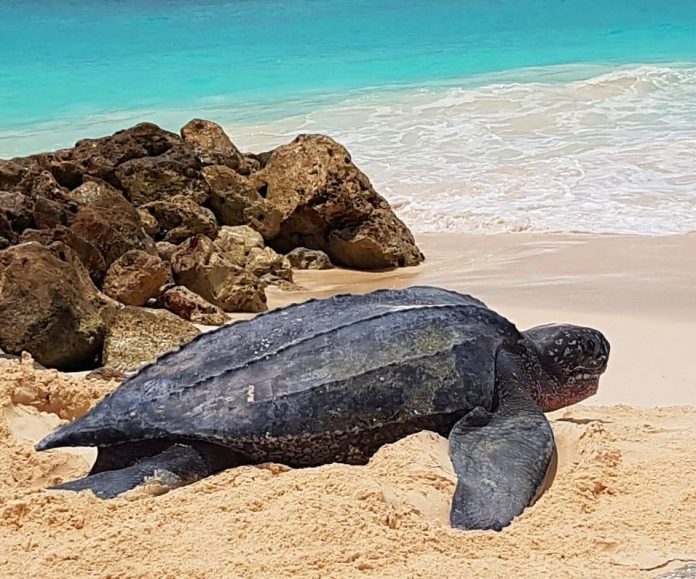Etnia Nativa facilitates cultural awareness, education and safeguards Aruba’s heritage by elevating each reader into an island keeper state of mind. Be encouraged to discover in every episode the true native effect, live it, get more reasons to love Aruba behind the beaches and liven up your stay in an incredibly wonderful way.
Our main objective is to educate our readers because when you love and value what you have, the greatest desire is to protect it.
We share awareness form out a local and native perspective, through respect and sustainability. It is so that for thousand of years, before any human soul set foot on this island, different species of marine reptiles used the islands fine sandy beaches to lay their egg clusters.
That’s when 20 or 15 thousand years ago hunters and gatherers found thousand of sea turtles on our beaches and they and their eggs where a great food source until time ago for native arubans. Now sea turtles are protected by law.
Sea turtles visits, which used to occure on any sandy beach of Aruba, diminished almost completey. limiting most egg laying activity to the west shores of the island beaches. Today they are the beaches right in front of international hotels chains, steching towards the light house area. Turles are visitors who bring good omens we welcome every year. They insipre and encourage us to continue promoting sustainable awarenes, care and respect for the environment. That their valuable presence to be recurrent and that we can all continue to see and protect them as a simbol of survival, longevety and and a way of life that sustained our fore fathers. There are seven different species of sea turtles: flatback, green, hawksbill, leatherback, loggerhead, Kemp’s ridley, and olive ridley. Sea turtles can be separated into the categories of hard-shelled (cheloniid) and leathery-shelled (dermochelyid). There is only one dermochelyid species which is the leatherback sea turtle. For each of the seven types of sea turtles, females and males are the same size.
In general, sea turtles have a more fusiform body construccion than their terrestrial or freshwater counterparts. This tapering at both ends reduces volume and means that sea turtles cannot retract their head and limbs into their shells for protection, unlike many other turtles and tortoises.However, the streamlined body plan reduces friction and drag in the water and allows sea turtles to swim more easily and swiftly.
The four most common species in waters of the Caribbean sea, are Leatherbacks, Green, Hawksbill and Loggerhead sea turtles. The leatherback sea turtle is the largest of all, measuring 6–9 ft in length, 3–5 ft in width, and weighing up to 1500 lb. Other sea turtle species are smaller, being mostly 2–4 ft long and proportionally narrower.
How island community effords can really make a difference. Turlte and their egg are being protected.
Four species of sea turtles are found nesting on Aruba: The Leatherback, the Loggerhead, the Green and the Hawksbill. The nesting season runs from March through September. Hatchling takes place from May to November.
The top 3 snorkeling sites in Aruba to spot sea turtles are: Tres Trapi – three steps in Papiamento. A little cove located on the northwestern shore of Aruba just before Boca Catalina, Mango Halto and furthes on to Baby Beach located in the most southern tip of island near San Nicolas. In case of an submarines encounter we recommend not to touch them as you may scare them off. While their immune systems are not equipped to fight off any chemicals that we might pass over by touching them. Don’t feed them either, observe them calmly and give them some space so you don’t hit them with your flippers.
If you love Aruba its origins and its cultural heritage, be part of the exclusive visitors of Etnia Nativa: a cozy museum/home.
Etnia Nativa a private residential houses collections of native art, archaeological artifacts and historic furniture, while the facilities themselves are the result of the transformation of recycled materials.
Meet Anthony Croes, our columnist at his home! Book your visit Whatsapp + 297 592 2702- or mail: etnianativa03@gmail.com




















